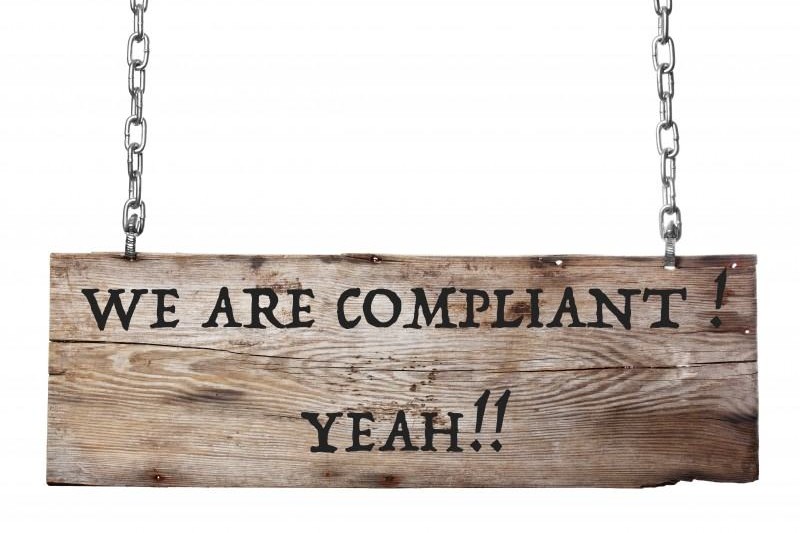Cost-cutting initiatives are a lot more expensive than what was first thought. They might not even be worth it.
Ask anyone involved in the “initiative” : do you feel more productive, more efficient? The answer might be a resounding NO!!
I was recently reading a book on quality cost (Principles of Quality Costs) and a second one aimed at executives..that is, written in more direct terms with less tables and numbers and more focused on the money aspects.
Hey, no kidding. Nothing wrong with that ! Executives do not have the time to delve into complex theories. They should not have to either!!! Big picture planning require one’s mind to stop focusing on the details while keeping in mind that the details are important and must be managed by the right persons.
Anyone thinking that it is possible to stay the expert of everything and being able to see the big picture and delegate in an efficient way is….probably still an expert!
So…these books confirmed once again that cost -cutting CAN be efficient and worthwhile as long as….it is specific and NOT across the board!
Well, well…. why do most companies still do it the wrong way?
Systematic cost-saving initiatives must first start with a careful analysis of the costs. Most companies have, at best, a vague idea of their costs of quality. As an example, the very typical situation of a comptroller admitting that the total cost of quality was “x” millions of dollars BUT probably did not include all of the rejects! And probably did not include either this and that….but he was not sure….
The comptroller was not sure!
Who will be then?
The same company decided at the same time to reduce the “costs”….yes…across the whole company! Whouppi, yes, let’s do it all together now. (imagine the very enthusiastic tone of a flat line monitor near a death bed.)
Not only these cost-saving efforts will probably amount to no real saving but it might eventually, and quite rapidly, result in :
- loss of good personnel
- discouragement for most people
- lack on enthusiasm
- hiding troubling facts
- less discipline
- no more creative ideas
- increased absenteism
- increased presenteism (you know , attending a meeting, having nothing to say, your only contribution being to the biomass once all the donuts will be processed…oh, I forgot, no more donuts or coffees during meeting….well, no contribution then.)
- and FEAR!!
FEAR!
In their great book, “The knowing-doing gap”, Pfeffer and Sutton describe symptoms of this fear. The gnawing emotions that will prevent most people for actually doing what they know is right. The rewards from actually doing the right thing becoming less satisfying than just staying the same.
But staying the same is stagnating. And stagnating , especially in our times of global market, means dying.
Is punctual cost-cutting worth it?
Oh, it does look good on the balanced sheet…at least for a quarter or two. However I remember attending a conference ( arghh…again this plague of non-remembrance…I forgot the name of the speaker and I have no reference for you reference-buffs!!) where it had been demonstrated that the reengineerings, re-organizations , re-structures and fusions/acquisitions or mergers and agressive takeovers of the last 35 years done for the sake of mass-saving had in fact resulted in an increase in hiring of 11%!
All these organizations had started massive cost-saving initiatives. Most had centralized services to avoid duplication. A lot had cut what was once considered acquired rights (e.g. free coffee and paid overtime). Most put managers in place to “clean the mess”, great managers but disconnected from reality. And most had an all-ruling CEO who left the company after the “work” had been done. Gone before the real re-construction begun.
Now look at YOUR cost-cutting initiative.
- Is it across the board? Or is it carefully planned and NOT touching some departments while impacting others?
- Is it general or specific for SOME processes, SOME products, and SOME services only.
- Is your initiative decreasing resources everywhere or actually increasing spending and staffing for some departments (quality improvement team …maybe?)?
- Is everyone afraid to be the next cost-cutting victim or is everyone on the lookout to find the next sensible way to be more efficient?
AH! This is it! Is your initiative a way to cut costs OR increase profits?
After all decreasing costs is just a mean to an end : increased profits.
What if YOU ( yes , I mean YOU!) were to convince your executive team to rethink the cost-cutting project to make it more sustainable and actually generate more profit? Wouldn’t that be a different project?
Oh, you might have to talk in a way that those high -pressure executives understand. I do not mean in a simpler way, but in a more focused and profit oriented way. No , you do not need a complex Excel table or a 124-slide PowerPoint Presentation.
Just talk business.
Just stop talking as en expert.
Or rather, start talking as a real expert, the one who understands his public and make sure the public understands him (or her!).
What will YOU do?
© Copyrighted material Aliter Concept 2015. Please do not print or copy without permission from the author.
BUT DO SHARE IT using the social network buttons !!
RECENT POSTS
26 March 2015
Magical interactions in the intelligent organization – End
Nos participants sont à l'extérieur sous une température inacceptablement basse pour cette fin…




